Impressions on Fuji GFX and Phase ONE
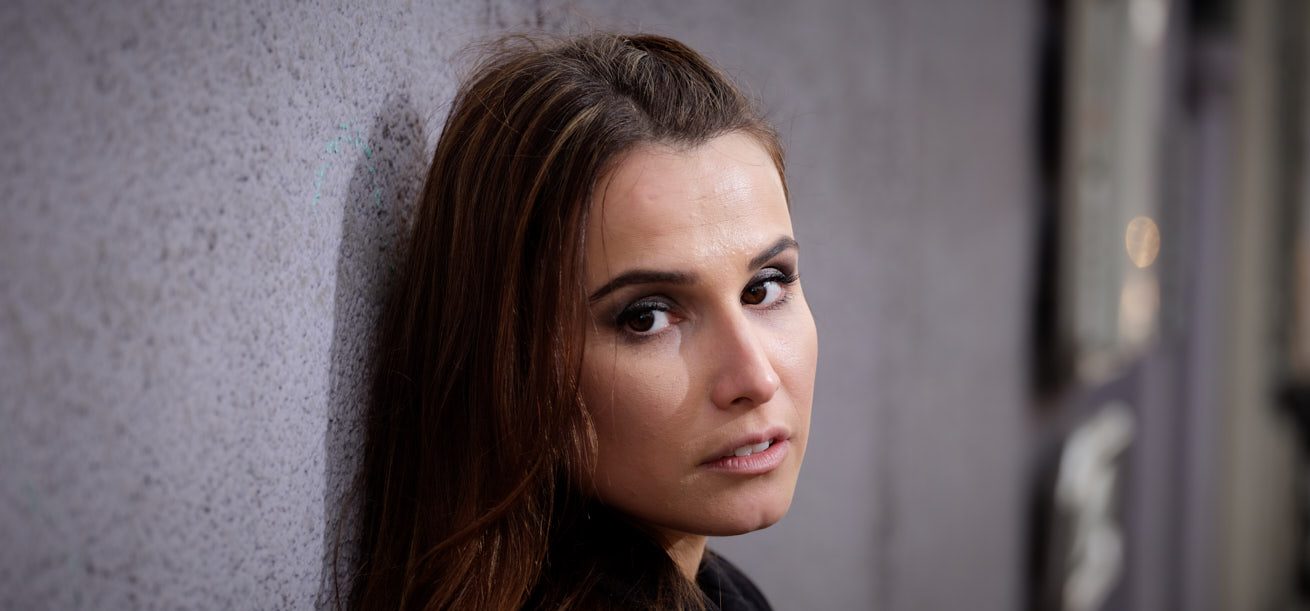
I recently had the chance to test the new Fuji GFX 50S. German FineArtPrinter magazine organised a workshop for testing and comparing the Fuji GXF 50S and the Hasselblad X1D. Being addicted to Fuji X series for quite some time now, I was mainly interested in the GFX. And since I used Phase ONE during an Ireland trip last year, it’s time to check out what is the better medium format camera, Fuji GFX or Phase ONE?
I admit, this comparison is a bit unfair. While I had a chance to test Phase ONE gear for a whole week, with some high-profile Phase ONE experts at hand, I only had one afternoon with the Fuji. And there was only one camera for all seven of us.
Fuji GFX 50S
The Camera
The GFX is a typical Fuji camera. If you are used to X-series cameras, like me, you will automatically feel familiar with the intuitive handling. On the top you have two dials for ISO and exposure time. The third dial for exposure correction known from the X-T1 and X-T2 was removed by the so called sub display. However, using a button next to the shutter and the rear dial, one can easily shift the exposure.
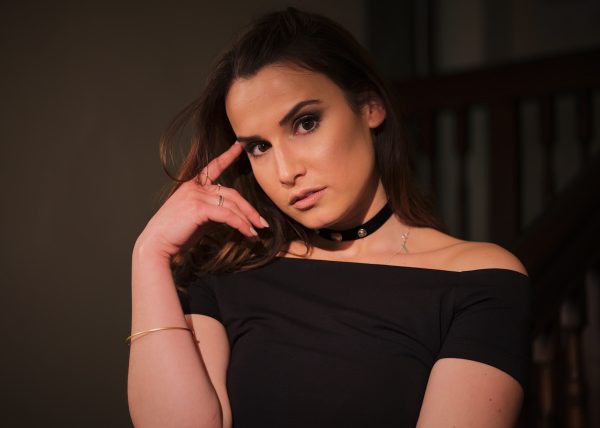
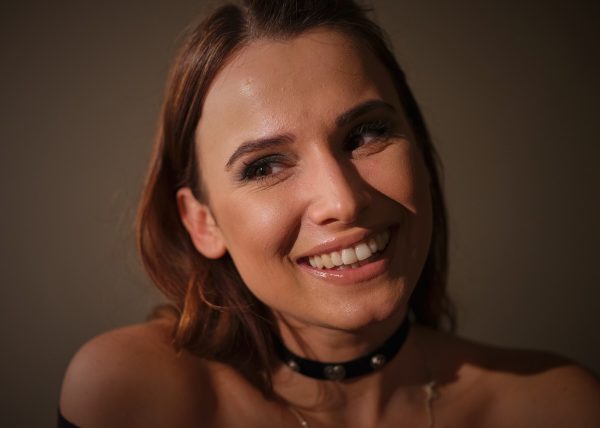
The body is compact and only a little bit larger than a full frame DSLR. The electronic viewfinder is bright and large. It can be detached and used with the optional tilting adapter (not tested).
Just like the X-series, aperture is controlled via a dedicated control ring on the lens. For someone like me, who learned photography some 30 years ago, this is still the best way to control the aperture.
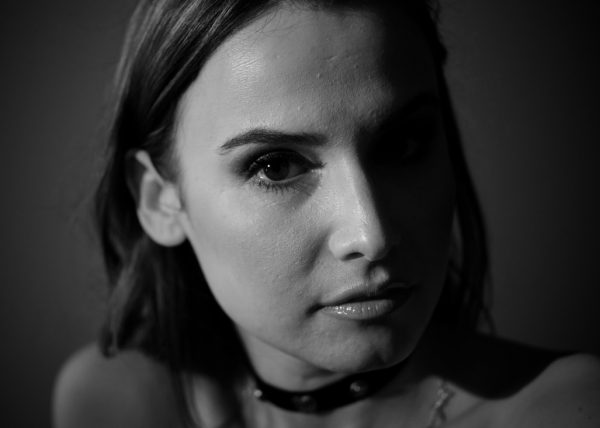
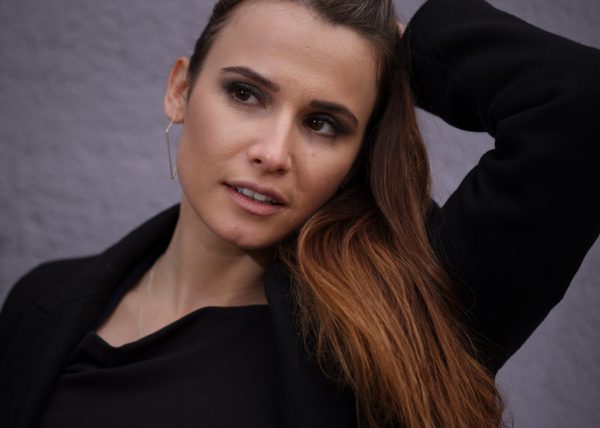
The Fuji GFX uses a contrast autofocus with up to 425 different autofocus fields, which can easily be selected through a joy-stick. Even while you have the camera at the eye, moving the focus field around is very fast and intuitive. Focus peaking can be used for manually focusing.
The 51.4 megapixel CMOS sensor is 43.8×32.9 mm large with up to 8280×6208 pixel (see below), resulting in a “crop” factor of 0.8 compared to 35mm full frame. The ISO ranges from 100 to a whooping 12.800. At the moment, there are six lenses for the GFX available or planned for near future:
- GF 23mm F4 R LM WR
- GF 45mm F2.8 R WR
- GF 63mm F2.8 R WR
- GF 110mm F2 R LM WR
- GF 120mm F4 R LM OIS WR Macro
- GF 32-64 F 4 R LM WR
As you can see, all of them are weather resistent, just like the body itself. The 120mm is the only one to feature an optical image stabiliser (OIS), as the camera sensor is not stabilised. During our testing, we could use the GF 63mm, the GF 32-64mm and the GF 120mm.
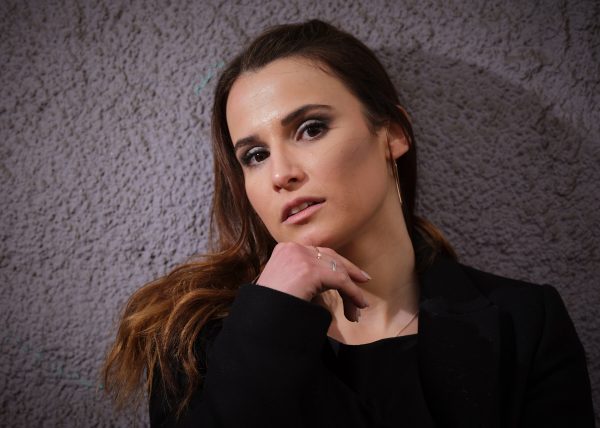
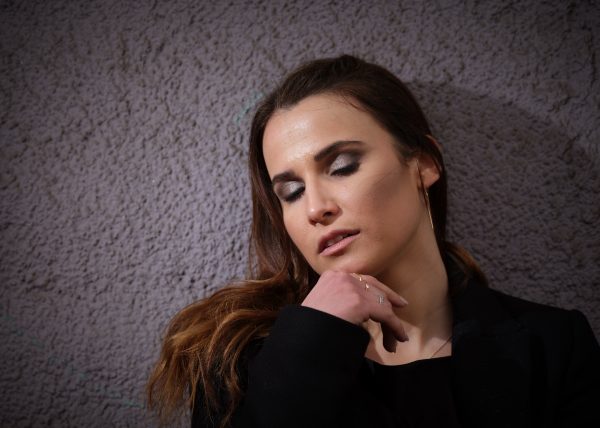
Image Quality
The image quality of the Fuji GFX is impressive. The sharpness and details produced by the lenses and the sensor are stunning. The sensor is capable of handling up to 14 EV dynamic range (14-bit RAW), which offers rich details in the shadows while preventing clipping of highlights. As typical for Fuji, even the out-of-camera JPGs can be used for large prints without any or only very little post processing.
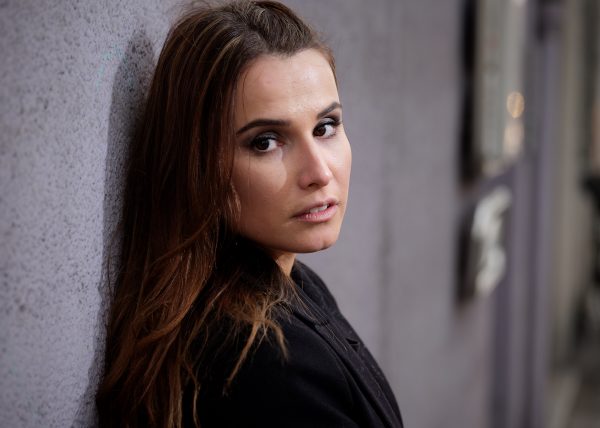
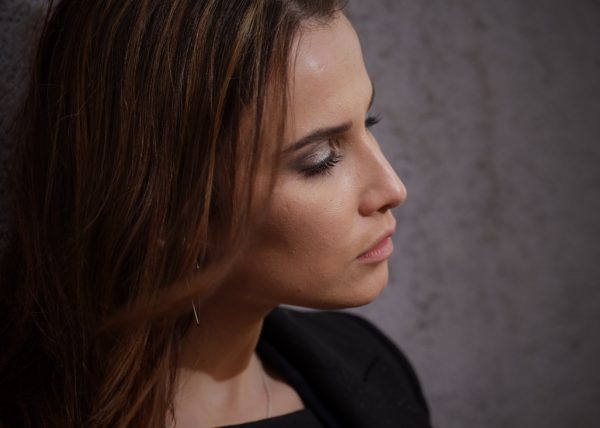
Because of the missing mirror, it is possible to take hand-held photos with quite a long exposure time. Take a look at the two photos above: 1/40sec or 1/25sec with 63mm or even 120mm can produce tack-sharp images. Click on the images below to see the photos at 100%. I couldn’t image before that something like this is possible with a medium format camera.
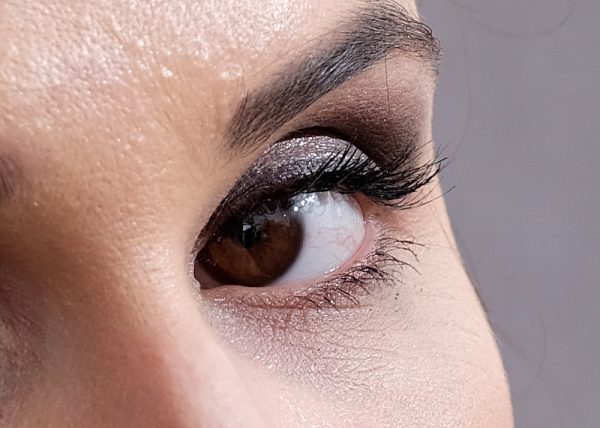
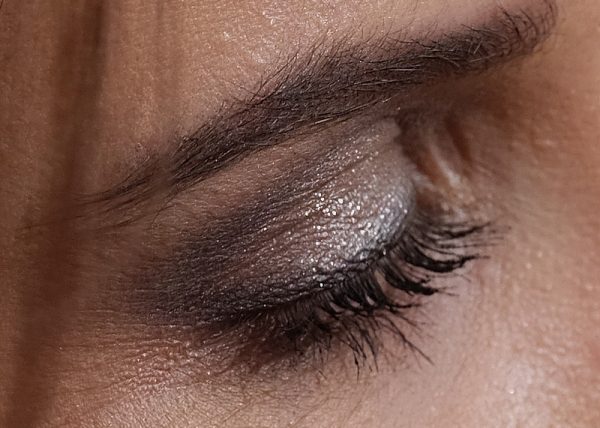
RAW-Support
Although the out-of-camera JPGs are already impressive, processing the RAW files always gives some advantages. You are not limited to the 8-bit color depth of JPG, and you have much more control over aspects like white balance, or highlight- and shadow recovery.
For about 8 years now, I’m using Capture ONE for all my RAW file processing. To me, there is nothing better on the market. Therefore I was quite disappointed when I learned, that Capture ONE does not support the Fuji GFX RAW files. According to Phase ONE, they will not support medium format cameras other than their own. In my opinion, this is a very short sighted and arrogant decision. Sure, the Fuji is a competitor. But on the other hand, the Fuji GFX is in a completely different market area than the Phase ONE.
I doubt that Phase ONE will sell even a single camera more just because their software doesn’t support these cameras. The only result will be, that Fuji GFX users will have to look for some other RAW converters, and possibly use this one for all their future work, regardless of the camera. There are other converters available, which also produce high quality output. And once you loose a customer, it’s always very hard to get him/her back.
So, dear Phase ONE guys: If you fear competition, try to make even better cameras, but don’t banish long term customers.
During my testing, I first used Adobe Camera Raw in Photoshop CC 2017. It turned out, that ACR had some problems getting the color right. Maybe someone with more experience in ACR would be able to get better results faster, but I always found that the color of the original JPGs was way better. Therefore I started testing Silkypix Developer Studio Pro 8. This converter seems to handle the color way better directly out of the box. However, all Fuji GFX images shown in this post are based on the JPGs, without much editing.
In the camera one can select the image size and aspect ratio. This setting only effects the JPG. Unfortunately, ACR still reads these settings from the RAW file and applies it. Using Silkypix instead, you get the full resolution of the un-cropped image.
Phase ONE
First of all, the Phase ONE is not a camera, but a complete ecosystem. It is highly modular, with several different sensor backs, which can be deployed either on the XF camera body or other medium format cameras like Mamiya or the Arca Swiss technical cameras. If not otherwise stated, all comments below refer to the XF camera system.
At the moment, there are nine different digital backs available from Phase ONE, three CMOS sensors and six CCD sensors. The resolution ranges from 40 to 100 mega pixels. The sensors come in two different sizes: The smaller ones (40 or 50 MP) have the same size as the Fuji GFX 50S, the larger ones are 53.7×40.4 millimetres in size. As all the sensors are produced by Sony, I assume, that the 50 MP sensors are the same as in the Fuji GXF. During my Ireland trip I was lucky to test the IQ3-100 and the IQ3 80 back.
The XF is a DSLR, thus it is a lot bulkier and heavier than the Fuji. The body itself is 152 x 135 x 160 mm large and weights nearly 1.4 kg, compared to the Fuji with only 147 x 94 x 91 mm and a weight of 920 gr.
As you can imagine, having a mirror of such size creates quite some vibration in the whole system. And keep in mind, that there is no image stabilisation available at all, neither in the sensor back, nor in any lens. As a result, you always have to ensure using very short exposure times when shooting hand-held. When using a tripod, you should use either the mirror-up feature, or the seismographic shutter, or both. But in any case, photos like the one shown above, are practically impossible with the XF.
Update:
After the first version of this post, E.j. Peiker, with whom I was traveling in Ireland, told me, that since our trip Phase ONE has released a firmware update for the XF, introducing a fully electronic shutter option. This for sure is a big step forward, as you will be able to manage rather long exposures even hand held. Of course, in this mode you can only use the live view. Nevertheless, it offers new possibilities. Besides, it is always good to see camera manufactures who use firmware updates to introduce new and exciting features. This is something, both Phase ONE and Fuji do really well.
The autofocus of the camera body is fast and precise. However, there is only one fixed AF field, which you can not move around. The AF system offers some unique and interesting features like hyperfocal shooting or focus stacking.
Image Quality
The image quality, especially when using the IQ3-100 MP back and the “blue-ring” Schneider Kreuznach lenses, is absolutely mind-blowing. Sharpness, details, color grading, tonality. Everything is just stunning.
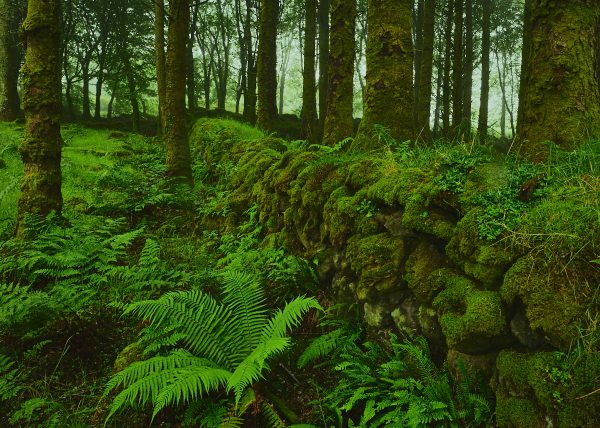
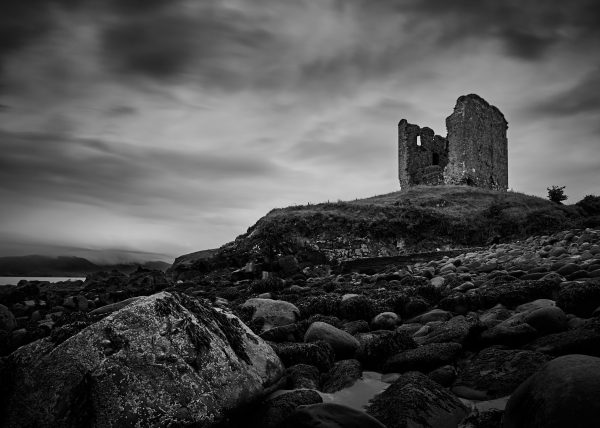
The sensor offers full 15 EV dynamic range (with 16-bit RAW files). Although this is “only” one stop more than the GFX, this one stop can make a huge difference in extreme situations.
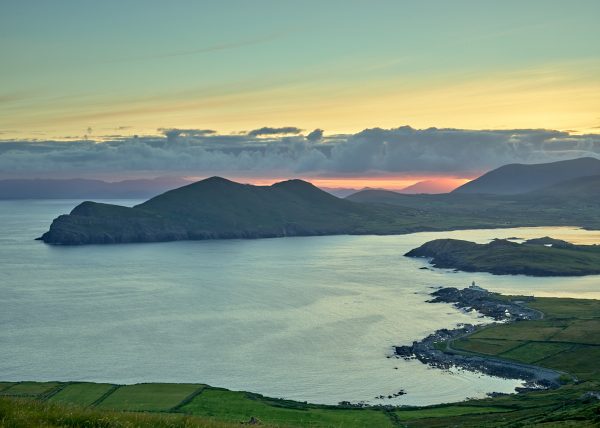
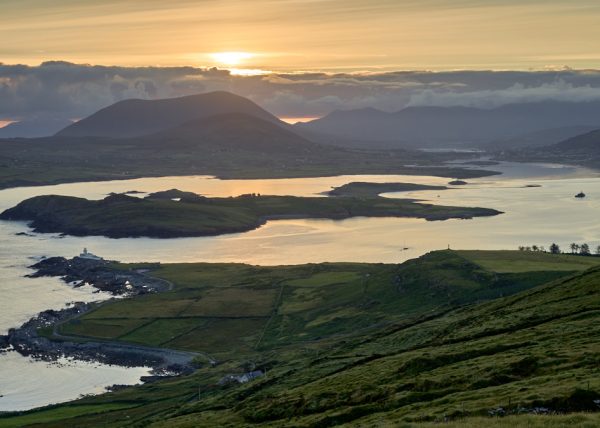
It would be interesting to use both the XF and the GFX in the same situation to make a direct comparison. Until then, my impression is that the sharpness of the Phase ONE is more natural, less “aggressive”. It’s hard to explain, but when looking at the images at 100%, I prefer the Phase ONE. In my gallery, I used some heavily cropped images from the IQ3 at 100%, and I’m sure, no one will guess, which images that are.
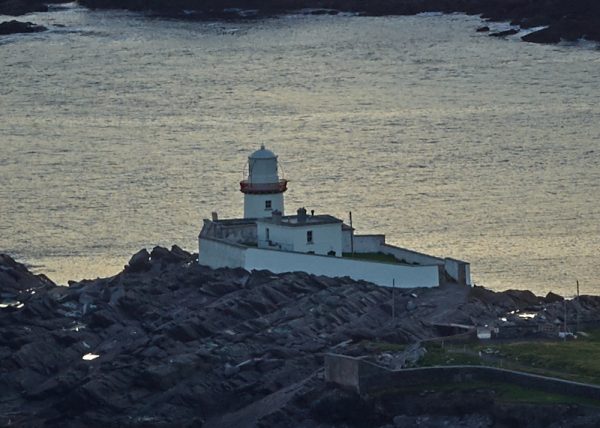
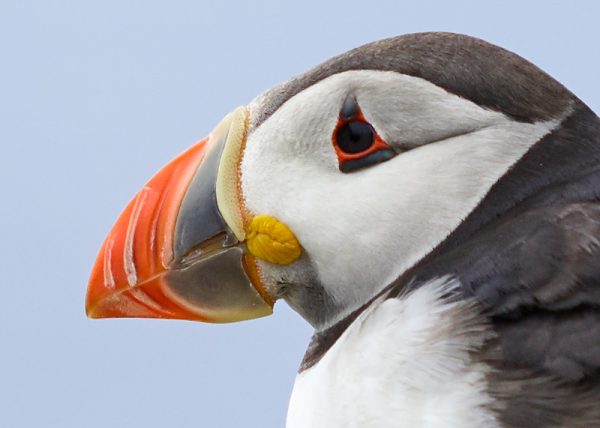
Of course, this does not only relate to the camera or the sensor, but also the processing in the RAW converter. It would take some more in-depth investigation here.
When it comes to printing (to me the ultimate goal of image processing), the IQ3-100MP sensor clearly has an advantage over the 50MP sensor of the GFX. But again, such a comparison is somehow unfair. On the other hand, the difference is only visible if you print really large, or do quite some cropping. When printing in A3 or maybe even A2, there is not much difference visible.
Conclusion
Both cameras are great tools and it is fun shooting with them. Will I buy one? Honestly the answer is “No”. The Phase ONE is absolutely out of range price-wise. Besides, I will not buy a camera with a mirror anymore. In my opinion, this concept is completely outdated. And if you compare the Phase ONE with the Fuji in terms of handling, you will immediately see why.
The Fuji GFX is a highly appealing camera. Nothing fancy, but a great workhorse to get the job done. And I have to admit, I was tempted to check my account. But on the other hand I do have a Sony A7RII. Yes, it’s “only” 35mm full frame, and it’s “only” 42MP. But the difference in terms of sensor size and resolution is not big enough to sell the Sony stuff and get the Fuji. The sensor size will not change in the future, but one can expect Fuji to come up with a higher resolution in a couple of years. Or maybe some other manufacturer will produce a mirrorless medium format with an even larger sensor. Hopefully this will be an affordable camera.
Until then, I will stay with what I have.
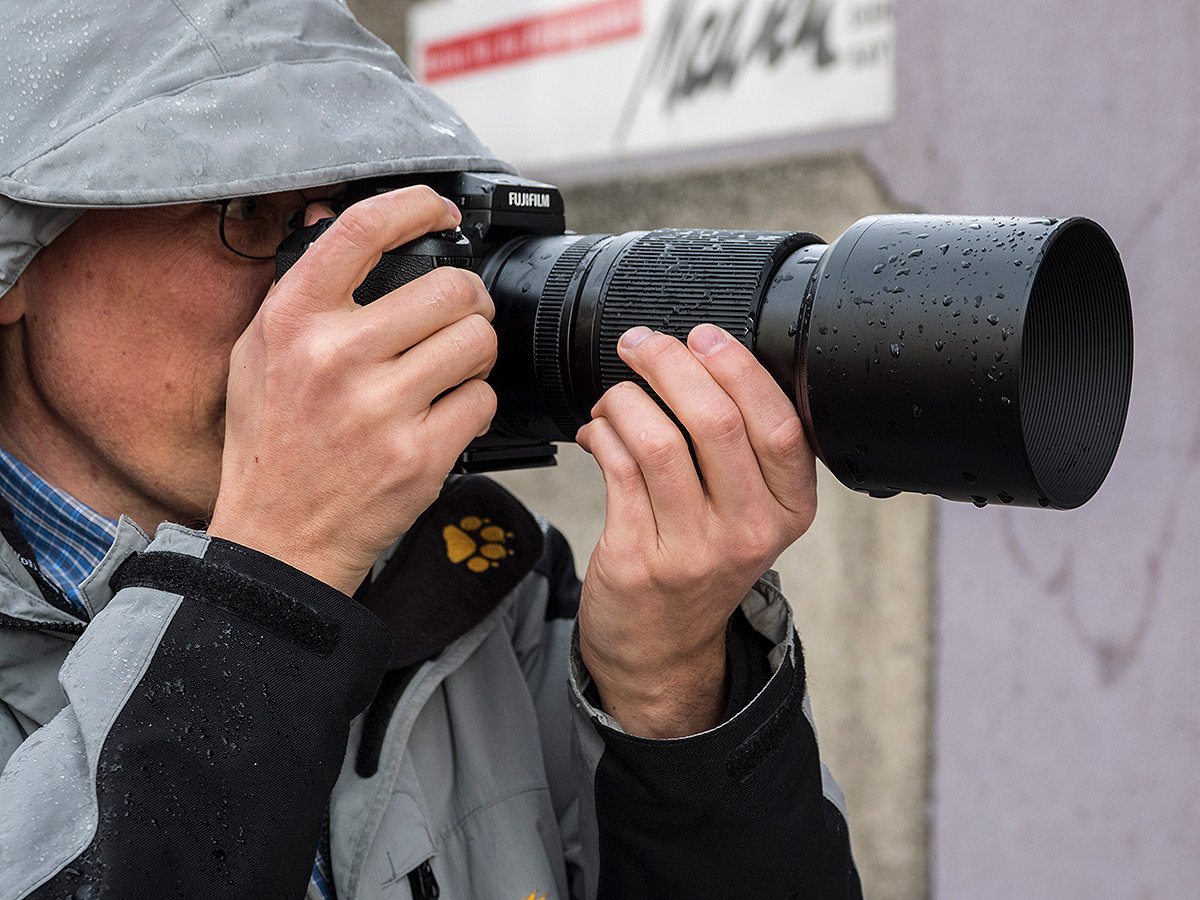
And what about the Hasselblad?
During the workshop we also had the chance to test the Hasselblad X1D. However, it turned out, that this camera was not really of interest for most of the participants. For sure, the camera looks elegant and sexy, and the handling is quite innovative. But I doubt it would fit my way of shooting. Basic things like changing the aperture, exposure correction or AF field is too difficult, especially during shooting. Some settings, like the AF field, are set to default after each shot. That’s a no-go.
I want to be able to change these settings on-the-fly without taking the camera from the eye, and of course I want these settings to be persistent during the shooting. And I’m not sure, whether the touch screen can be used in heavy rain or snow out in the fields. Working in a studio or other not-so-nasty environments, the camera might be great.
Beside this, the camera still has a big problem with temperature. Because the sensor and the display are located very close to each other, the camera body gets quite warm after even a short time. Time will tell whether Hasselblad will be able to fix these issues. But I fear, it will take quite some time until all the issues will be solved.